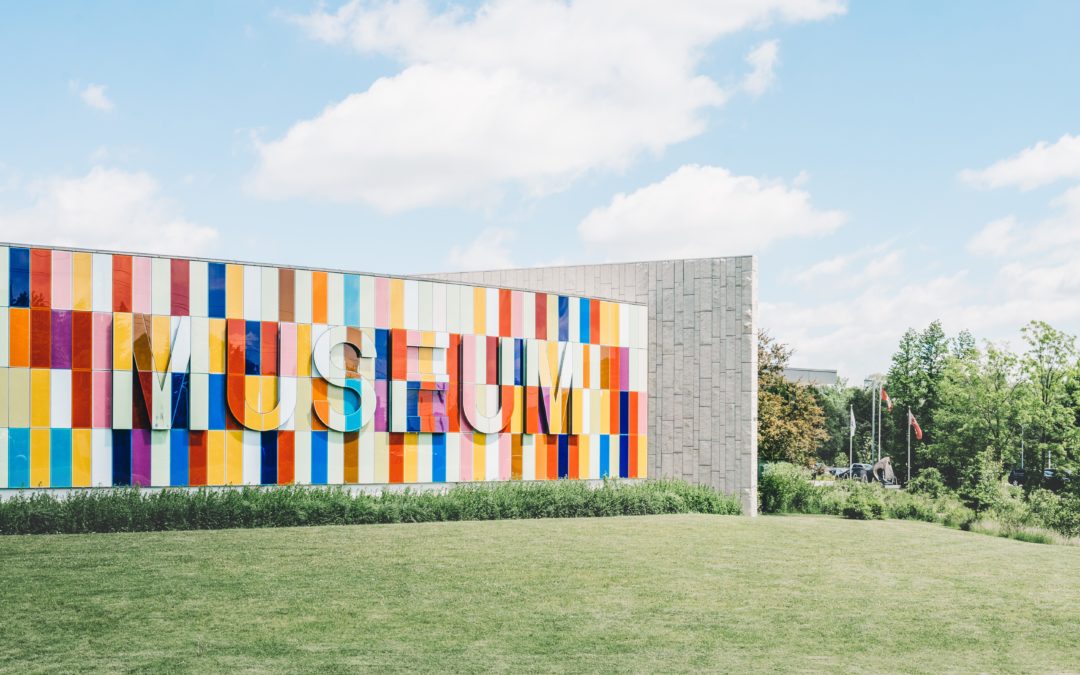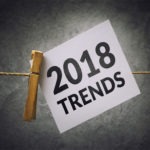Every year about this time, the American Alliance of Museums’ Center for the Future of Museums releases TrendsWatch, its annual forecasting report, which explores trends that are likely to affect museums. And every year, that publication introduces concepts and technological advances that are changing our world. This year’s edition is especially rich, posing such questions as: Where can virtual reality take us? What will the world look like if technology addresses not only disabilities, as we’ve come to define them, but produces super-able human beings? How does one define oneself and others in a world in which the very notion of gender is in flux?
In each chapter,Trendswatch describes various projects that museums throughout the world are undertaking in response to these technological and societal shifts. These examples are useful and instructive, but the reason this report is important to museums of all types and sizes is because Trendswatch asks them to re-frame their perspective on the issues and challenges they face right now in the context of a larger world that is changing profoundly. Trendswatch asks museums to do three things.
First, museums have to acknowledge that change is a constant, and they cannot ignore that fact. If your museum is smart, the importance of your mission, the focus of your content area, and the venerable status of your institution do not exempt you from looking at what’s going on in the wider world—without judgment or prejudice and without the expectation that these shifts are fleeting.
As a museum professional, you need to know the difference between augmented reality and virtual reality because those technologies are shaping the people you aspire to serve. You will have to understand that the ways U.S. society has defined racial, gender and socio-economic identity are changing because Millennials are creating a new vocabulary to describe that new reality. And here’s the cold, hard fact: You need them more than they need you, so you must learn their language. As we all try to wrap our minds around ideas that sometimes feel like science fiction, you will need to persevere through the complexity, and embrace the concepts.
Second, and related to the first, museums need to adopt innovation as a core value. Museums need updated strategic plans AND fundamentally new ways of looking at their roles in the communities they serve. Maybe they won’t have to find future success in bigger, technologically sophisticated exhibits, because they will learn to effectively engage audiences with more individualized experiences. Perhaps museums should be offering “training programs” rather than lectures, and “gathering spaces” rather than group tours. Perhaps the collections they are building for the future should be digital and not three-dimensional. And perhaps museums need to re-think who uses their collections in order to tell the right stories via the right media to the right audiences. As traditional audiences diminish, as new technologies offer them ways to engage in content without ever having to leave home, and as the funding sources they have long relied on dwindle, museums need to profoundly re-think their relationships to the people they serve. Their organizational charts and annual budgets need to reflect those changes.
Finally, the stories told in the report strongly suggest that the sustainable museum in the 21st century will be built upon partnerships. Museums investing in cutting-edge technologies do so in partnership with universities and technology companies. Technology offers museums opportunities to understand and communicate more effectively, but if buying that technology, using it, maintaining it and analyzing the data gleaned from it are beyond your means, you need to partner with companies that provide those capabilities. As museums explore their roles in the communities they serve, they should be partnering with other museums and public service organizations to eliminate duplicate services and expand their collective capacity – and perhaps those partnerships are achieved through augmented reality. The solutions will be as varied as the museums seeking them, and those solutions will not come from a single organization but from the efforts of strategic partnerships.
TrendsWatch is an important report for the field that requires you to turn your attention from the immediate to the future and to explore trends that are profoundly re-shaping the world around us. But more importantly, TrendsWatch asks museums to evaluate their organizational culture, the work they do and the programs they provide right now to ensure, not only survival, but success in the future.




